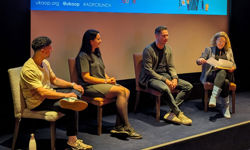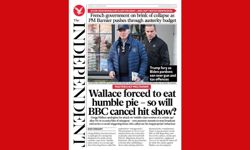Recent survey among 200 publishers commissioned by the Specialist Media Show reveals that, whilst it’s tempting to treat all publishers as a single mass, there are some key differences between B2C and B2B markets in terms of the types of digital media they prioritise.
Right now B2B publishers taking part in the survey put a greater emphasis on live events (60% vs 33%) and email newsletters (82% vs 56%). However consumer publishers were more likely to manage mobile publications (83% vs 53%).
Online subscription content is overwhelmingly a B2B focus, with 59% of business publishers charging for online content, compared to only 27% of consumer publishers. A slightly higher proportion of B2B publishers planned to charge for online content in future (32% vs 23%).
Only business publishers were able to charge over £100pa for online subscriptions; while the most popular price range for consumer publishers was £20-50pa, with 58% in this band.
Consumer publishers are less likely to provide digital editions for free, with only 44% offering them for free, compared to 63% of B2B publishers. A similar proportion offered digital editions free with a print subscription. 31% of consumer publishers charge for digital editions, vs only 9% of B2B publishers. However, these charges are overwhelmingly at a discount to print subs.
Mobile, however, is more of a level playing field, with similar numbers planning apps. Consumer publishers (63%) are more likely than their business colleagues (29%) to charge for apps; but for both, pricing levels are discounted vs print.
Tablets seem to be more of a consumer channel, with 52% of consumer publishers planning editions, compared to 39% of B2B.
Both are keen on live events in their respective sectors, but business publishers are more interested in running webinars and distance learning than consumer publishers.
Consumer and business markets are both adopting social media; with a predictable split between LinkedIn, Twitter and blogs for business markets and Facebook and YouTube for consumer markets. What is interesting is the perception of the value of social media, with consumer publishers putting greater weight on using it for sourcing editorial content, selling tickets to events, and building relationships with existing customers.
So online paid subscriptions are the focus for revenue opportunities for B2B publishers, and paid digital editions and mobile apps for B2C, although at discounted rates vs print. Live events are still an important part of the mix, with B2B publishers more interested in online and virtual events and networking.
The research was backed by InPublishing, PPA, University of Leicester and Wessenden Marketing. More articles based on the research are published on the show website.
Full results of the research will be presented by Prof Barrie Gunter of University of Leicester and Jim Bilton of Wessenden Marketing at the Specialist Media Conference taking place on 25 May. More on the conference programme here.










